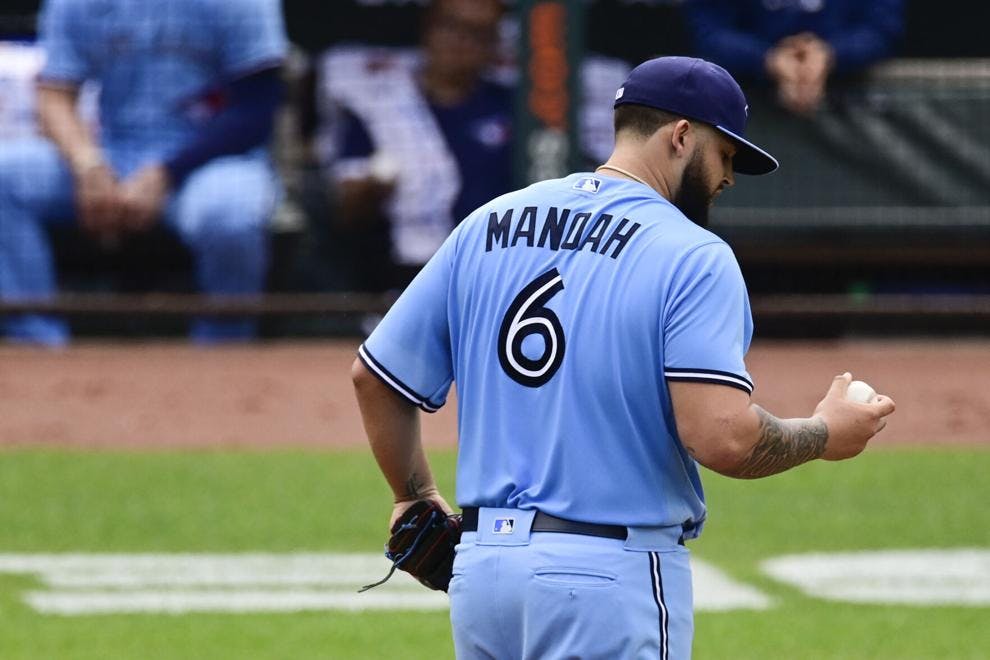Analyzing the up-and-down start to Alek Manoah’s big league career
Photo credit: Tommy Gilligan-USA TODAY Sports
Jun 23, 2021, 09:00 EDT
Keep scrolling for the next article
Breaking News
- A consistent Addison Barger might be the spark plug the Blue Jays need
- Instant Reaction: Addison Barger hit three doubles in Blue Jays’ 6-3 win over Mariners
- Arjun Nimmala’s stock continues to rise in the Blue Jays farm system
- Blue Jays series recap: Jays collapse late in the first two games against Angels
- Blue Jays GDB – 38.0: Keeping the brief momentum going against a rising Mariners squad
